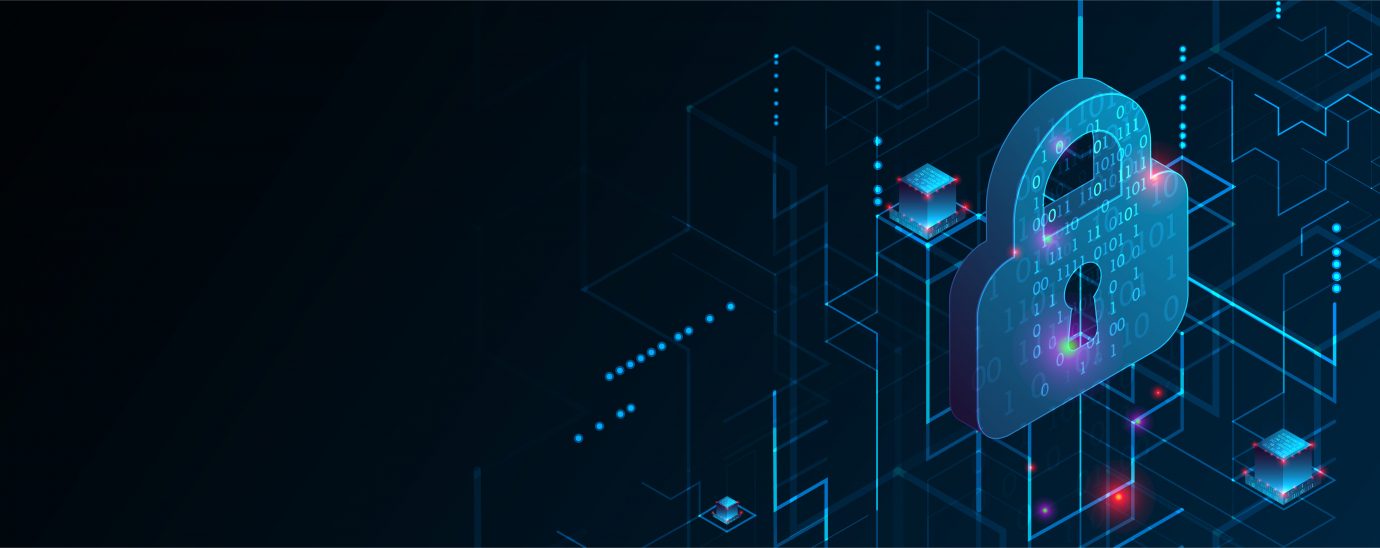7 strategies for CSO cybersecurity survival

Adrian Taylor, VP of EMEA at A10 Networks, lays out 7 key strategies that can streamline the workload of chief security professionals. The result is a must read for CSOs, CIOs and CISOs, but also CEOs that may be delegating an overwhelming workload to their security teams.
CSOs, CIOs and CISOs have never had it so tough. Alongside their traditional responsibilities of safeguarding the corporation’s physical assets on a day-to-day basis and preparing crisis management strategies, they must now face a cybersecurity threat environment that is growing exponentially.
Today, ransomware has become one of the greatest network security threats organizations have to deal with. Increasingly sophisticated and distributed at high speed via the internet and private networks using military-grade encryption, today’s ransomware attacks demand multi-million-pound ransoms. Ransomware is expected to cost businesses around £15bn this year and nearly £200bn by 2031.
But ransomware is only one of the many threats organizations have to deal with. There are also distributed denial of service (DDoS) attacks, Man in the Middle (MitM) attacks, social engineering, insider threats, malware, and advanced persistent threats (APTs) to contend with – and those are just the most common network security threats.
Below are seven strategies to make cybersecurity professionals’ organizations safer from the countless network security threats they’ll be facing in the near future:
1. Create a “security-first” culture
The problem for CSOs is that, while most employees have some basic knowledge of cybersecurity best practices, that is pretty much all they have. Without ongoing training, knowledge testing and awareness, staff behaviour is one of the biggest cybersecurity risks that organizations face.
A study by Accenture revealed that less than half of new employees receive cybersecurity training and regular updates throughout their career. Just four in ten respondents said insider threat programs were a high priority.
Organizations must look to create a robust and distributed digital immune system with a radical re-engineering of staff behaviour. Business leaders need to have accountability for cybersecurity; security teams need to collaborate with business leaders to create and implement policies that will actually work, and those policies need to be routinely re-evaluated and tested.
2. Create a continuous security education program
A “security-first” culture requires that all members of the culture appreciate the concept of network security threats. For this to actually have an impact on culture, however, staff must be trained routinely to ensure that their knowledge is current.
3. Implement a zero trust model throughout the business
Well-trained staff and a monitored environment are crucial to the successful protection of any organization but without a foundational zero trust environment, defences will be intrinsically weak.
The zero trust model is a strategy for preventing network security threats that all enterprises and governments should be using to defend their networks. It consists of four components:
- Network traffic control: Engineering networks to have micro-segments and micro-perimeters ensures that network traffic flow is restricted and limits the impact of overly broad user privileges and access. The goal is to allow only as much network access to services as is needed to get the job done. Anything beyond the minimum is a potential threat.
- Instrumentation: The ability to monitor network traffic in-depth along with comprehensive analytics and response automation provides fast and effective incident detection.
- Multi-vendor network integration: Real networks aren’t limited to a single vendor. Even if they could be, additional tools are still needed to provide the features that a single vendor won’t provide. The goal is to get all of the multi-vendor network components working together as seamlessly as possible to enable compliance and unified cybersecurity. This is a very difficult and complex project but keeping this strategic goal in mind as the network evolves will create a far more effective cybersecurity posture.
- Monitoring: Ensure comprehensive and centralized visibility into users, devices, data, the network, and workflows. This also includes visibility into all encrypted channels.
At its core, the zero trust model is based on not trusting anyone or anything on the company. This means that network access is never granted without the network knowing exactly who or what is gaining access.
4. Implement SSL visibility – “break and inspect”
TLS/SSL inspection solutions that decrypt and analyze encrypted network traffic are key to ensuring policy compliance and privacy standards in the zero trust model.
Also called “break and inspect”, TLS/SSL inspection bolsters zero trust in three major ways. It allows for the detection and removal of malware payloads and suspicious network communications, prevents the exfiltration of sensitive data, and enables the zero trust model to do what it’s supposed to do – provide in-depth and rigorous protection for networks from internal and external threats.
For any organization that hasn’t adopted a zero trust strategy combined with deep TLS/SSL traffic inspection, now is the time to start rethinking its cybersecurity posture.
5. Review and test DDoS defences regularly
Routine testing against a checklist of expected configurations and performance standards, as well as random tests of security integrity, is crucial to detecting a distributed denial of service attack.
Network performance testing should be executed daily because a distributed denial of service attack isn’t always a full-bore assault. It can also be a low-volume attack designed to reduce, but not remove, connectivity.
6. Secure all inbound and outbound network traffic using SSL/TLS encryption
When users’ computers connect to resources over the internet, SSL/TLS creates a secure channel using encryption, authentication, and integrity verification. Encryption hides data communications from third parties trying to eavesdrop, while authentication ensures the parties exchanging information are who they claim to be. The combination ensures the data has not been compromised.
Any un-secured traffic must be constrained to specific secured network segments and monitored closely.
7. Establish and test disaster recovery plans
A key part of a disaster recovery plan involves backups. However, it is surprising how often restoring from backup systems in real-world situations doesn’t perform as expected. It’s important to know which digital assets are and are not included in backups and how long it will take to restore content.
CSOs should plan the order in which backed-up resources will be recovered, know what the start-up window will be, and test backups as a routine task with specific validation checks to ensure that recovery is possible.
READ MORE:
- Overcoming SaaS chaos: how to pave the way for the future of work
- Many organisations get cloud migration wrong. Here’s how to get it right
- Wealth management industry leads way with AI technologies
- Founder Feature: Neil Purcell, founder and CEO, Talent Works
Staying secure
The CSO’s job isn’t getting any easier, but solid planning using the seven strategies will help ensure an organization’s digital safety. In addition, partnering with top-level enterprise cybersecurity vendors will ensure that critical security technology and best practices are central to the organization’s cybersecurity strategy.
For more news from Top Business Tech, don’t forget to subscribe to our daily bulletin!
